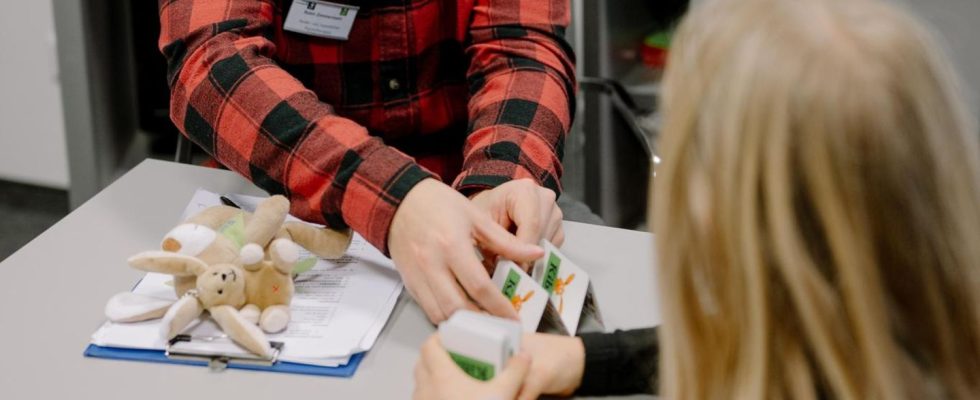At the Ruhr-University Bochum, psychological problems of children and young people are treated and therapies are systematically researched. The goal: better psychotherapy for everyone.
The door is ajar. Behind it: nothing but darkness. The little light that falls into the room suggests that it is more of a chamber. And that it doesn’t have a window. Robin Zimmermann crouches down in the hallway. The psychologist in the red and black checkered shirt wants to speak at eye level with Leon*, a boy with long blonde hair: “Will you repeat what I just said so that we are sure that you have understood everything?” The nine-year-old nods: “If I get scared, I can stop.”
Is he scared right now? “No, zero,” says Leon and resolutely enters the dark room. Zimmermann closes the door behind him; it must now be pitch black inside. Then the 29-year-old starts the timer on his cell phone. Leon should stay in the chamber for five minutes. Alone in complete darkness. If he manages to do this, his fear will be conquered and the therapy will be successfully completed.
Leon’s mother took her son to the Mental Health Research and Treatment Center (FBZ) nine months ago. He was so afraid of the dark that he didn’t want to sleep alone in his room and couldn’t go to the toilet across the hall at night. Taking away the fears of the little ones is one of the specialties of clinical child and adolescent psychology at the FBZ. In the outpatient center, which is part of the Ruhr University Bochum, people of all ages with mental problems and disorders find help; there are more than 3,000 of them every year.
Anyone who has an appointment here should report to reception in the spacious foyer: on the left is the office for adult patients, on the right is that for children. A screen above the counter shows which therapy rooms are occupied and when on that day. Shelves and large plants divide the waiting area, everything is decorated in white, green and orange. Today is open consultation hours, anyone can come here for an initial conversation. A primary school student sits next to his father, a teenage girl sits alone on one of the chairs.


